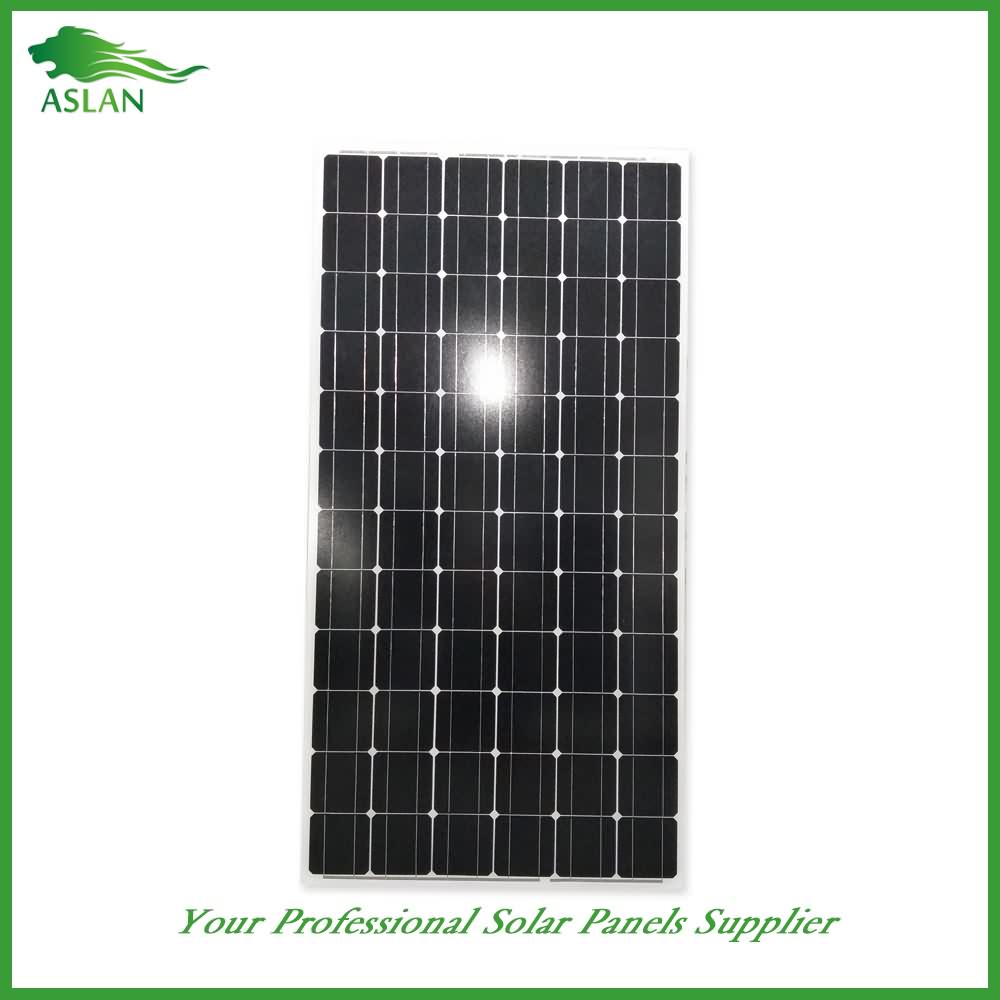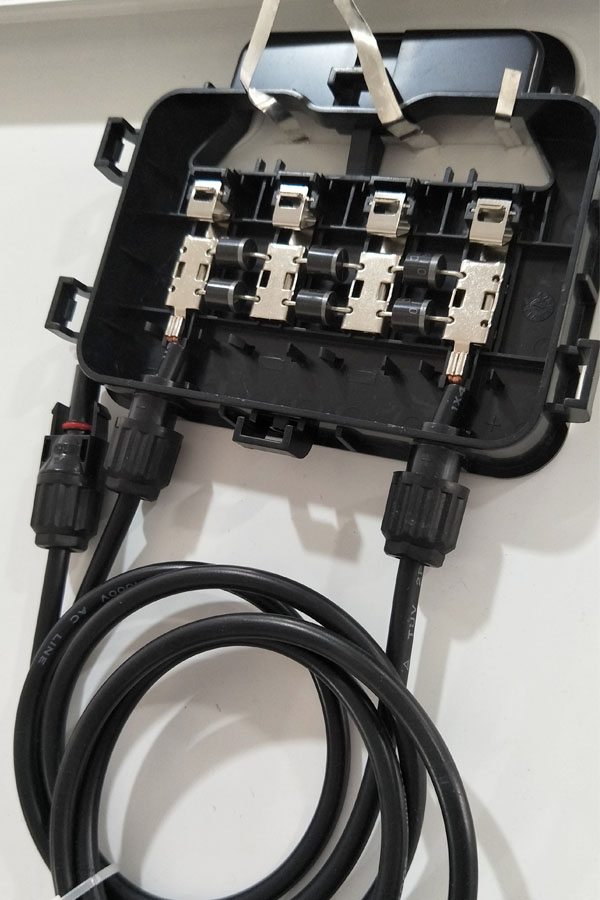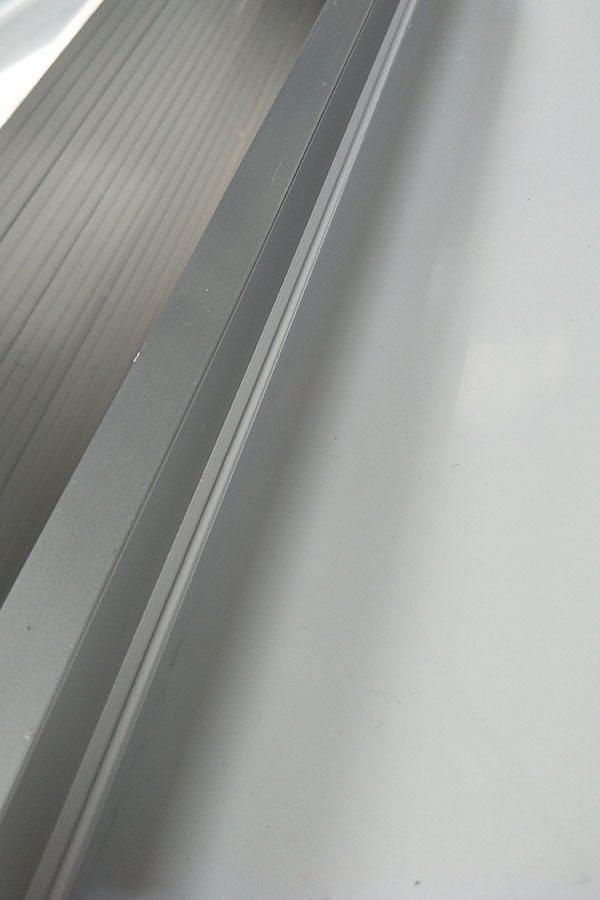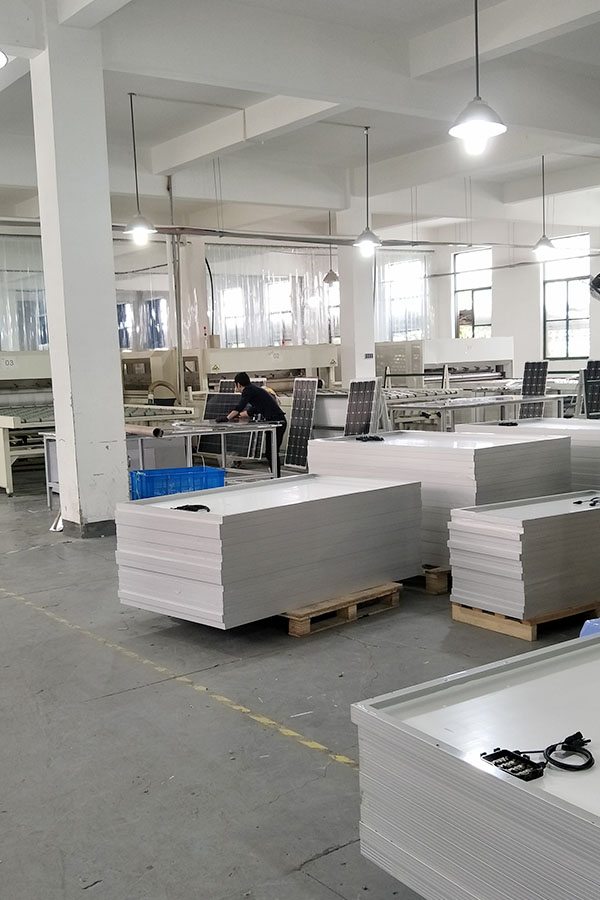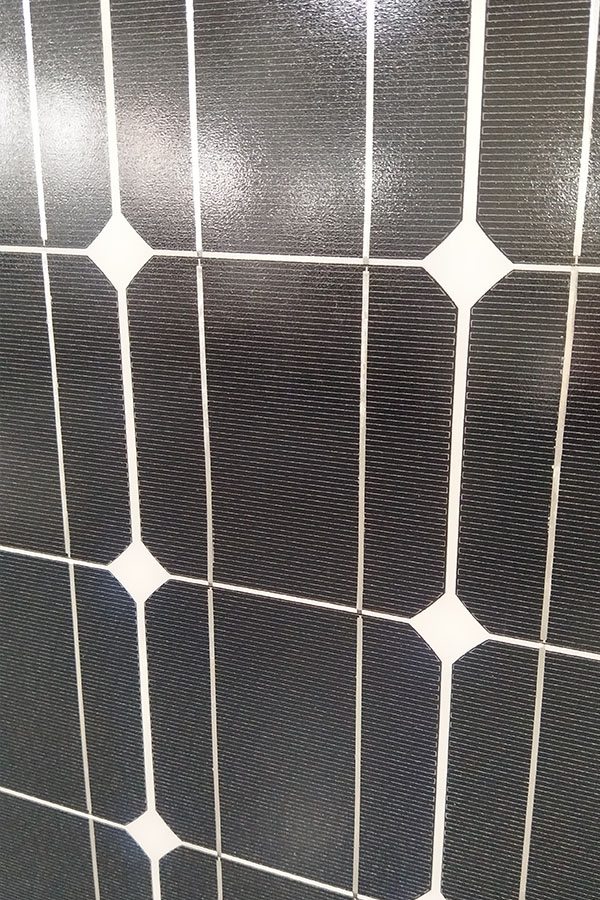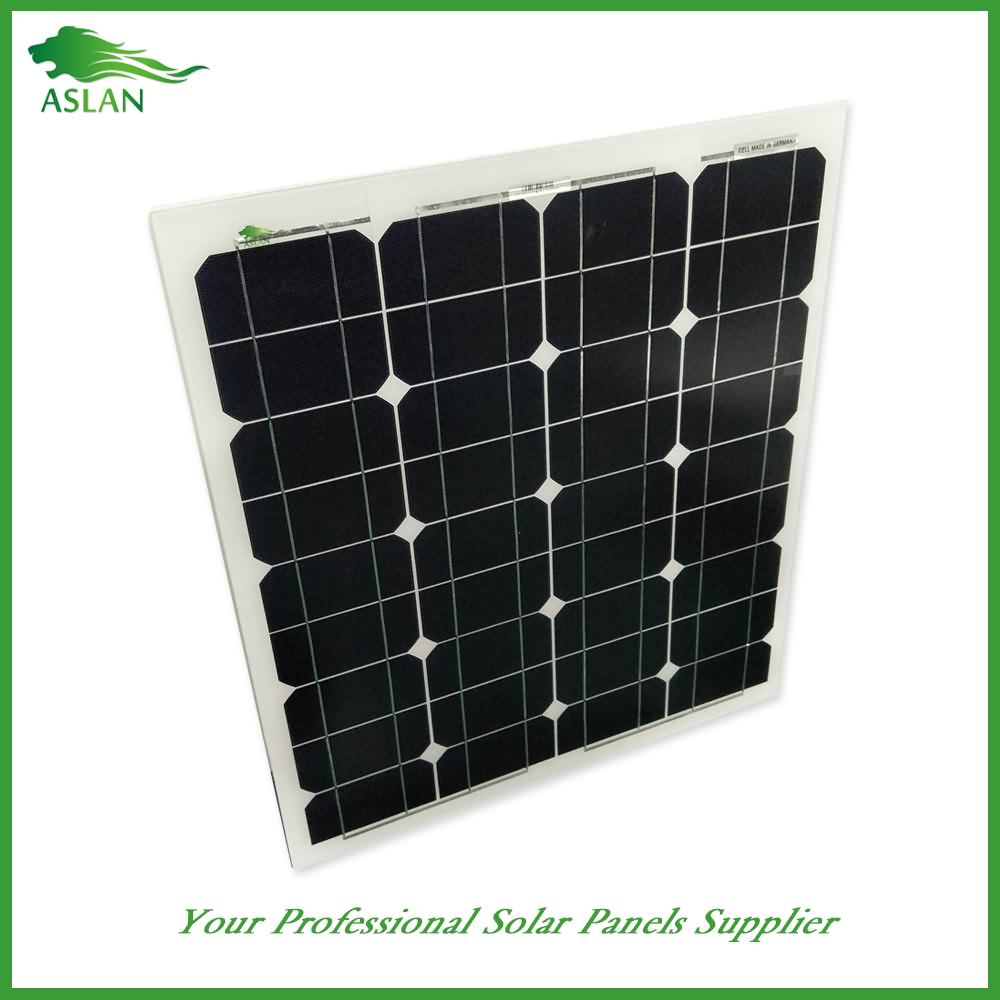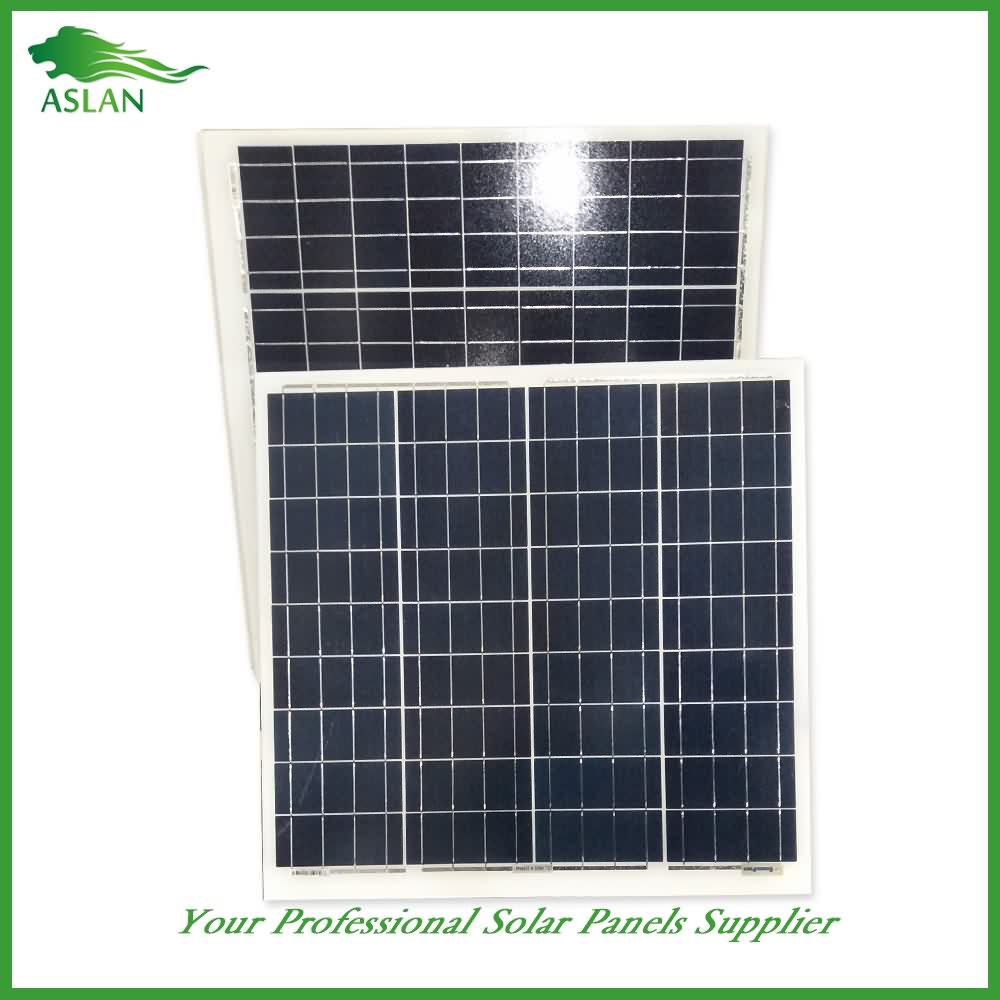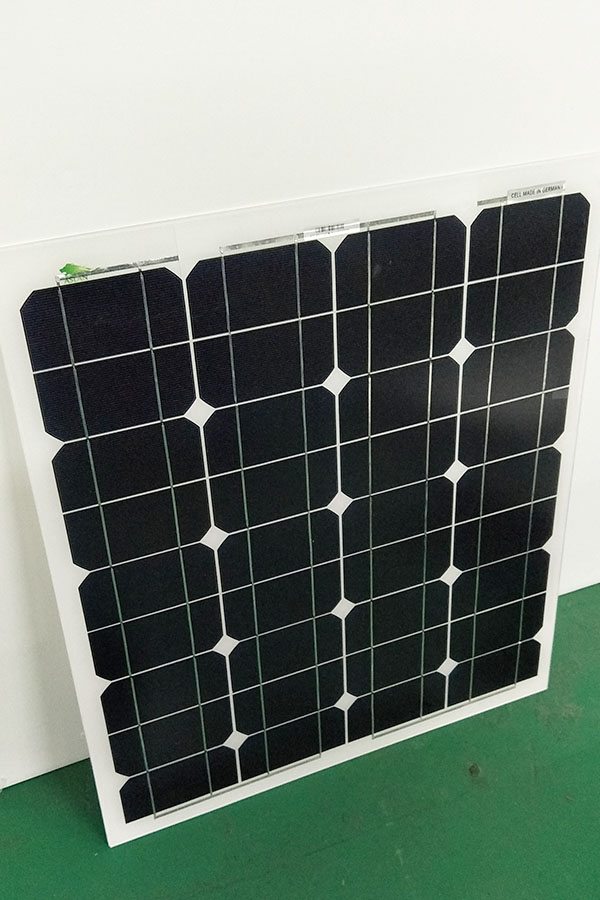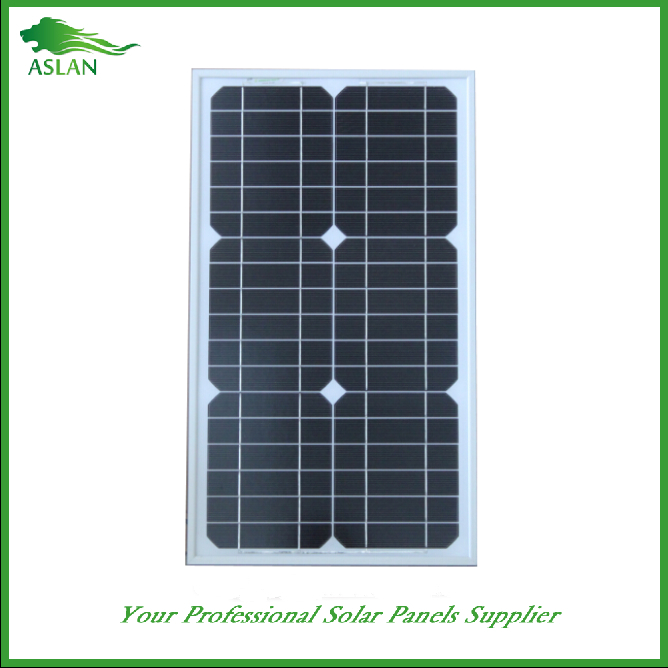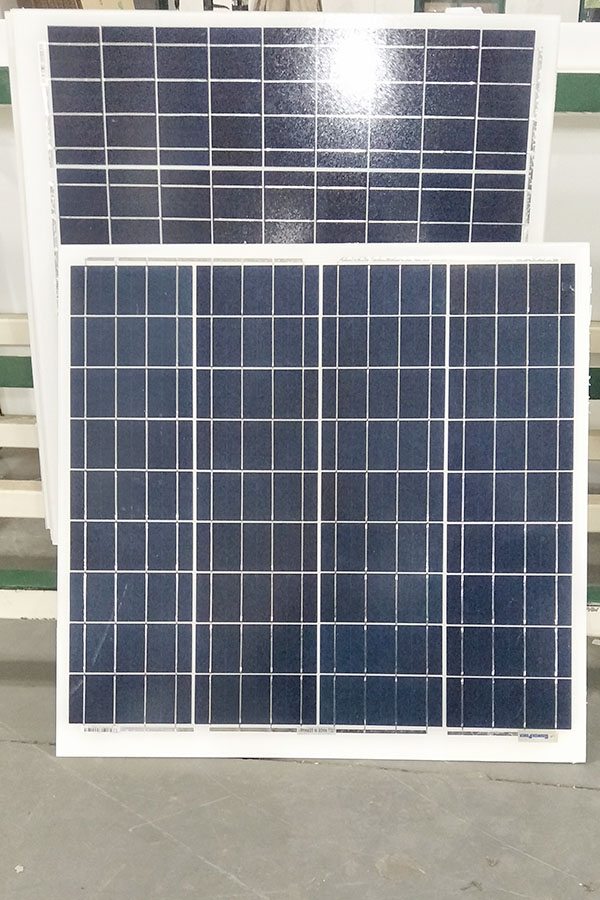Factory directly sale Mono-Crystalline 200W Solar Panel to Algeria Factory
Short Description:
With our rich experience and considerate services, we have been recognized as a reliable supplier for many international buyers for Factory directly sale Mono-Crystalline 200W Solar Panel to Algeria Factory, We sincerely welcome overseas customers to consult for the long-term cooperation and the mutual development.
Mono-Crystalline 200W Solar Panel
Technical parameter
Maximum Power(W) 200W
Optimum Power Voltage(Vmp) 37.29V
Optimum Operating Current(Imp) 5.36A
Open Circuit Voltage(Voc) 45.48V
Short Circuit Current(Isc) 5.89A
Mechanical Characteristics
Cell Type Monocrystalline 125x125mm (5 inch)
No of Cell 72 (6x12pcs)
Dimensions 1580x808x35mm
Weight 14.5Kg
Front Glass 3.2mm,High Transmission, Low Iron,Tempered Glass
Junction box IP65 Rated
Output Cable TUV 1×4.0mm2/UL12AWG,Length:900mm
Temperature and Coefficients
Operating Temperature(°C): -40°C ~ + 85°C
Maximum System Voltage: 600V(UL)/1000V(IEC) DC
Maximum Rated Current Series: 15A
Temperature Coefficients of Pmax: -0.47%
Temperature Coefficients of Voc: -0.389%
Temperature Coefficients of Isc: 0.057%
Nominal Operationg Cell Temperature (NOCT): 47+/-2°C
Materials of solar panel
1).Solar Cell——Mono-crystalline solar cell 125*125mm
2).Front Glass——-3.2mm, high transmission, low iron, tempered glass
3).EVA——-excellent anti-aging EVA
4).TPT——-TPT hot seal made of flame resistance
5).Frame——anodized aluminum profile
6).Junction Box——-IP65 rated, high quality, with diode protection
Superiority: high quality anodized aluminum frame, high efficiency long life, easy installation, strong wind resistance, strong hail resistance.
Features
1. High cell efficiency with quality silicon materials for long term output stability
2. Strictly quality control ensure the stability and reliability, totally 23 QC procedures
3. High transmittance low iron tempered glass with enhanced stiffness and impact resistance
4. Both Polycrystalline and Mono-crystalline
5. Excellent performance in harsh weather
6. Outstanding electrical performance under high temperature and low irradiance
Quality assurance testing
Thermal cycling test
Thermal shock test
Thermal/Freezing and high humidity cycling test
Electrical isolation test
Hail impact test
Mechanical, wind and twist loading test
Salt mist test
Light and water-exposure test
Moist carbon dioxide/sulphur dioxide
Solar Power a Refrigerator Freezer. average power use 30 watts! (740 watts a day) can be run on a single solar panel! (and 2 batteries). Kenmore ‘Freezer Fridge’ has a relatively large freezer (holds full gallon jugs). great “freezer fridge” for off grid living. very low power comsumption. only $149.00 from Sears. one of the most efficient models on the market. note: uses approx. 50 watts the first hour to cool down. use large inverter because the power spikes for a fraction of a second to turn on compressor. monocrystalline panel is from Amazon. it’s a 100 watt Renogy panel. $179.99 – free shipping. if you need more “freezer” and less “fridge” many 3.5 to 5.0 cubic foot chest freezers use the same amount of power. this freezer will hold full size gallon jugs. great way to make ice for solar cooling projects… To see how to hook up the solar system go to my video titled, “how to hook up solar panels (with battery bank)”. it shows exactly how to easily hook it all up.
(Jamie) Welcome back to Farm Factor. Let’s join Kyle and Herschel as they discuss the specifics of the solar pump.
(Kyle) Have the opportunity to visit with Herschel George as we’re installing this solar pump and tank out here. Herschel has been, I’ll say not necessarily the supervisor, because we saw pictures of you doing everything, but you have pretty much supervised the entire project on how it’s done. It looks like to me you’ve done a number of these. (Herschel) Yes, many of them in eastern Kansas we are not on wells. We’re pumping out of ponds and streams, but yea, we have a number of them in. (Kyle) Now tell me about the pump selection and what we’re seeing in the background on the solar array. (Herschel) The number one thing that we have to look at is how much volume we need, depending upon the number of cows, the size of tank we’re using. The other thing is for selecting the pump, we need to know how deep the water is. In this case we were talking about water that was 55 feet, I believe was the measurement we had. And you have to know that it’s gonna pump that 55 feet from the water surface in the well up to the top, and then calculate how many gallons a minute we will have. Our goal here was to pump three gallons a minute, to four gallons a minute and the pump is rated about four and half
gallons a minute. So, I think we’ll be OK here. (Kyle) We had almost the perfect day for a demonstration in that we had partly cloudy. It was amazing how the pump varied with whether the sun came out or not. (Herschel) I like to demonstrate it on a day that is cloudy because people get to see the opportunity from full sun, it pumps good stream. Everybody thinks that it’s gonna pump a good stream. But then when it goes behind a cloud we get that reduced stream. I’ve always told people that you need enough sun that you can see your own shadow. And when we can see our own shadow in this case, it’s just about right, you get a real good flow then. But before you have any shadow you may or may not be getting the pumping of water to the surface. (Kyle) Now in this particular case, the well already existed, but otherwise when you start getting involved with installation, you have to start with a well and then do everything after that point. (Herschel) I start with the water supply. And like I said, many of them in eastern Kansas were pumping out of hand dug wells, which may only be 20-30 feet deep. Here we’ve got a drilled well and sometimes we even go to wells in special areas that may be be 200-300 feet deep. And those require a little different pump system and a different selection process. It all comes back then to how many watts of panel we need on top. You figure out how much work you ought to do and then you figure the wattage that you need up there on top. Here we are running about 180 watts of power off of two solar panels and then we run that through the control box and that does a little voltage shift between when we have cloudy conditions and when we have full sun, to optimize the operation of the pump. (Kyle) When we come back we’ll be looking at the water storage and talk more with Herschel after that. Back to you Jamie.
(Jamie) Thanks, Kyle. Folks, it’s time to grab a cup of coffee, but don’t go far away.
